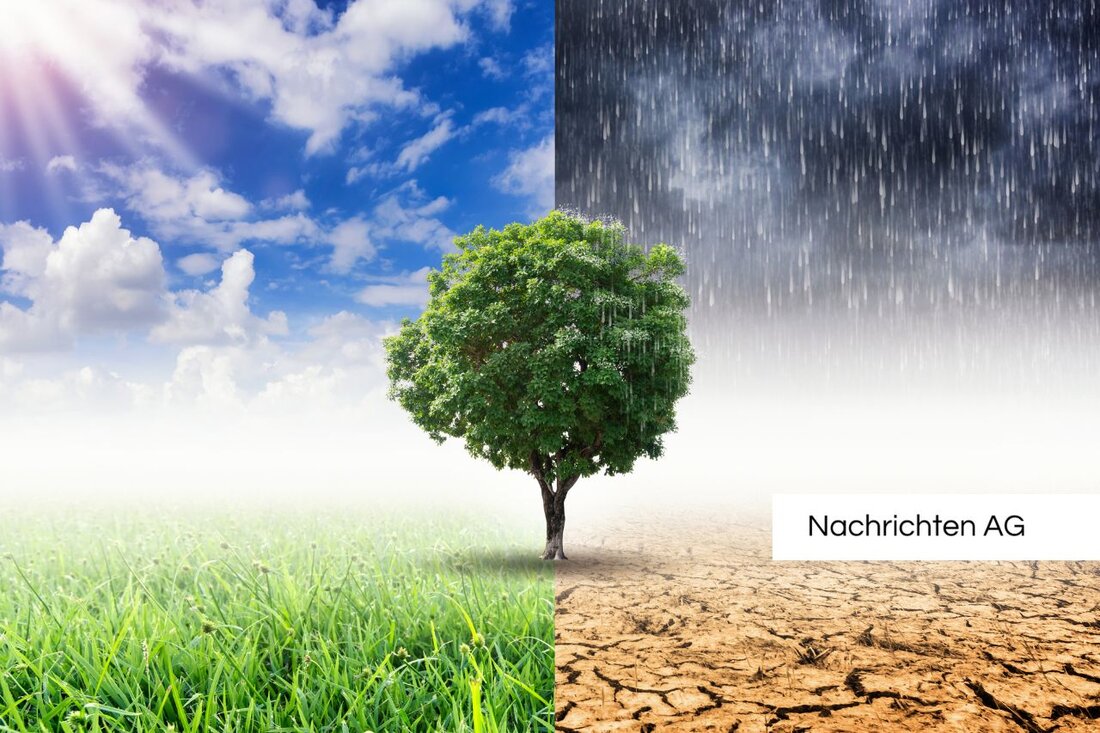Climate change hits Lower Saxony: Smart drainage for our fields!
Lower Saxony has developed innovative drainage systems for water management to combat drought and heavy rain.

Climate change hits Lower Saxony: Smart drainage for our fields!
Extreme weather conditions are becoming more and more of an issue for agriculture, and the capricious weather can no longer be overlooked. While decades ago the primary goal was to quickly drain wet fields, the situation has now changed. Water is now more in demand in the fields than ever. In this context, a pilot project in the Diepholz district is increasingly becoming a model: Here, the old drainage system is being converted to retain water and drain it away in a targeted manner when necessary. This future-oriented project shows how Lower Saxony's agriculture can adapt to the new climatic conditions NDR reports.
A new system was installed on around eight hectares of arable land near Drebber, replacing the old drainage with a plastic pipe with two openings. This allows water to be stored up to 40 cm when the cap is closed. If the caps are open, the water can flow out. A significant advantage of this technology: In just six months, around 700,000 liters of water per hectare can be stored in the soil. With the support of the Lower Saxony Ministry of the Environment, this initiative is being promoted and the legacy of drainage from the 50s and 60s is being revised. A third of the arable land in Lower Saxony is still equipped with these old systems.
Lower Saxony's water levels are changing
However, climate change not only has a direct impact on agriculture, but also affects groundwater levels in Lower Saxony. According to a comprehensive study by the Lower Saxony State Office for Water Management, Coastal and Nature Conservation (NLWKN), developments over the past two decades show a worrying trend: groundwater levels are falling. Especially since the dry years from 2018 onwards, the regions have experienced the greatest declines, such as NLWKN explains.
These results are part of the KliBiW research project, which is carried out by the NLWKN in collaboration with various research partners and examines the future development of groundwater levels until the end of the 21st century. The measurement data not only shows regional reductions, but also the need for sustainable water management. The project's final report, which was published in December 2023, clearly shows that without increased climate protection measures, significant reductions can also be expected in the future.
A look into the future
The climate models indicate a long-term trend: longer periods of low groundwater levels in the summer and autumn months and higher levels in winter and spring. Such developments can deviate from the long-term average values by up to half a meter, according to the researchers' assessment GFA News was treated in detail. The situation could be particularly challenging for drinking water supplies and agriculture.
Farmers in Lower Saxony are therefore faced with the challenge of adapting to the climatic conditions. While modern electric tractors were presented in Echem and a farmer from Gehrden is planting shade trees on his land, the questions about sensible use of water and the necessary adjustments in agriculture remain current. However, innovative ideas and adaptation strategies such as the intelligent drainage systems in Drebber provide an outlook on possible solutions.

 Suche
Suche
 Mein Konto
Mein Konto